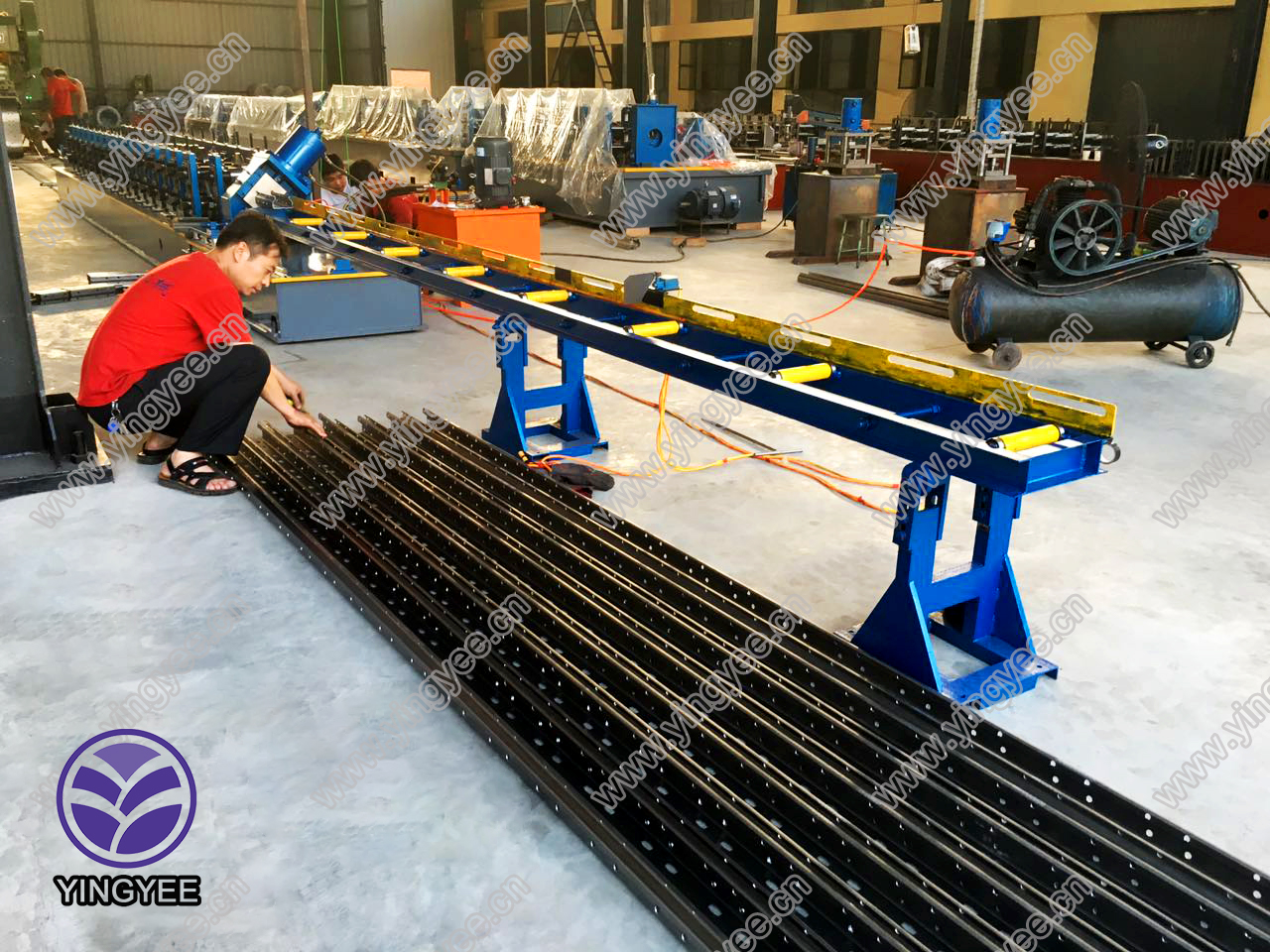
Understanding Wall Angle Furring A Comprehensive Guide
Wall angle furring is an essential element in modern construction and interior design, playing a critical role in creating smooth, level surfaces on walls and ceilings. This technique involves attaching a strip of material, often made of metal or wood, to a structural surface, serving as a framework for attaching wallboards or panels. Understanding wall angle furring can significantly enhance the quality and aesthetics of a building project while ensuring stability and durability.
One of the primary benefits of using wall angle furring is the ability to create a level surface for drywall installation. In many older buildings, walls may not be perfectly straight or even. By implementing furring, contractors can offset irregularities and achieve a flat, uniform surface. This process not only enhances the appearance of walls but also facilitates the installation of various wall finishes, such as drywall or paneling, which can otherwise adhere poorly to uneven surfaces.

Additionally, wall angle furring plays a significant role in moisture control and insulation. Furring strips create an air gap between the wall and the finished surface, allowing for proper ventilation and reducing the risk of mold and mildew. This is particularly valuable in areas with high humidity or in constructions where moisture accumulation is a concern. Furthermore, insulation materials can also be inserted between the furring strips, optimizing the energy efficiency of a building and improving indoor comfort.
The installation of wall angle furring is relatively straightforward but requires precision. The furring strips must be accurately spaced and securely fastened to ensure structural integrity. It's also important to consider the type of material used for the furring. Metal furring, for instance, is often preferred in commercial buildings due to its fire resistance and durability, while wood furring may be more common in residential projects for its ease of handling and aesthetic appeal.
In conclusion, wall angle furring is a vital component in the construction process, enabling builders and designers to create level surfaces, improve insulation and moisture management, and enhance the overall aesthetic of spaces. For anyone involved in construction or renovation, understanding the principles behind wall angle furring is crucial. By leveraging this technique, projects can achieve higher quality finishes, which ultimately contribute to the longevity and sustainability of the structures we inhabit. As the construction industry continues to evolve, the importance of precise and effective furring techniques will remain paramount in shaping our built environments.